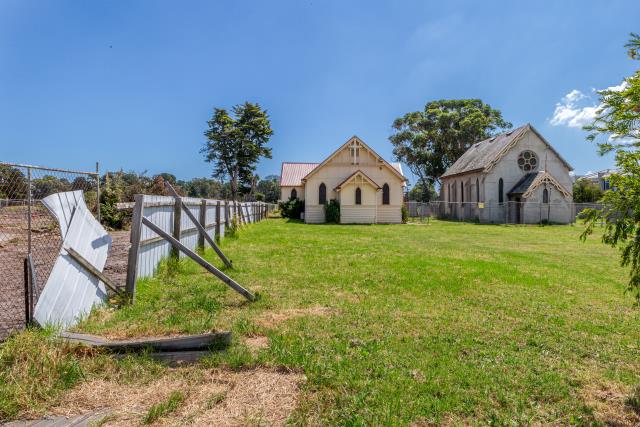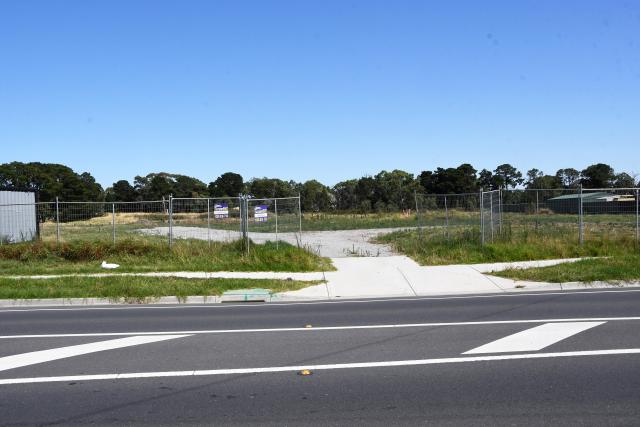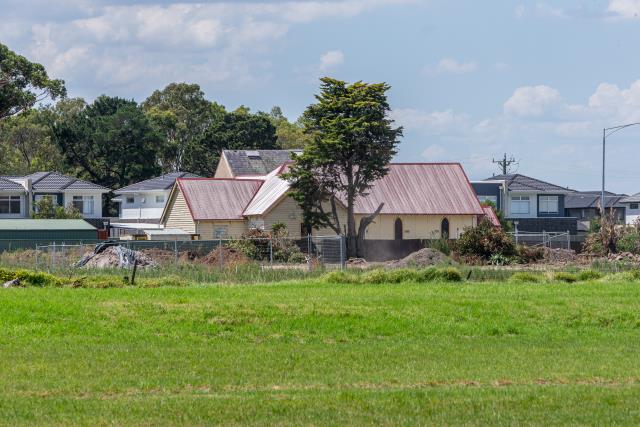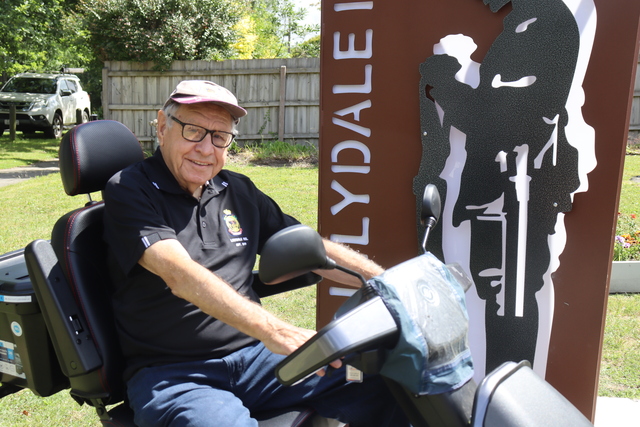A 101-lot housing estate in Chapel Road, Keysborough has been approved by the state’s planning tribunal despite Greater Dandenong Council’s opposition.
The developer Peet appealed to the Victorian Civil and Administrative Tribunal for a permit for its ‘Keysborough Townhouses’ project on 4.1 hectares of L-shaped former farmland at 182 Chapel Road.
The site abuts the 145-year-old Keysborough Methodist Church building.
It comes despite Greater Dandenong councillors voting down the proposal due to concerns about traffic, scale of development, emergency vehicle access and impact on wetlands to the north.
Greater Dandenong councillor Rhonda Garad feared the wider ramifications of the VCAT decision.
Chapel Road’s heavy peak traffic would be “severely exacerbated” by the project and about another 330 dwellings planned at four super sites at 182, 185, 199-209 and 220 Chapel Road to come.
The busy pick-up and drop-off times at nearby Keysborough Gardens Primary School were set to become a “nightmare”, she said.
“We’re heading to a perfect storm as a number of estates are coming online in a year and a half. It’s a slow-moving catastrophe.
“And there’s nothing the council can do about it – Chapel Road can’t be widened, we can’t push back on the number of dwellings.”
She said more frequent PT bus services were needed, otherwise traffic would become a “car park”.
However at the VCAT appeal, the council didn’t object to Peet’s argument that traffic volumes could be accommodated, including future development at 198 Chapel Road.
VCAT member Cindy Wilson ruled on 23 August that the proposal was not an overdevelopment.
It accorded with the Keysborough South Development Plan and its “network of wetlands, flora and fauna habitat corridors and generous areas of linked open space”, Ms Wilson stated.
The medium-density, two-storey townhouses were apt for the incremental-change ‘greenfield’ site, she found.
The site was close to an “activity centre” of supermarket and shops, as well as the school and a Chapel Road bus route.
Ms Wilson noted the site’s 120-metre parkland as well as tree reserves to the north, west and east, including all seven River Red Gums on the land.
Peet had argued for the removal of four of the River Red Gums.
Ms Wilson ruled that all should be retained due to their ecological and habitat value.
However, Peet was granted a permit to remove an additional black wattle tree on the western side.
Ms Wilson was satisfied with the estate design’s set back more than 40 metres from the historic church next door.
She said the lack of diversity of housing, including just one two-bedroom dwelling, was “not ideal” but not sufficient to reject the proposal or require more two bedroom homes.
Multiple bedrooms less than three metres wide were “small” but not failing standards.
She also dismissed arguments about the lack of plans for stormwater drainage and earthworks.
The council raised concerns about Peet’s removal of 11 trees, including two of “high value”, during the permit application process.
Peet countered that no permit was required, and verbal authority was given from council officers.
“I do not condone an approach whereby notable vegetation on the land is identified … and instead of the design responding to that vegetation, it is removed,” Ms Wilson stated.
She didn’t reject the application on those grounds, noting no permit was required to remove the trees and that the proposed landscaping was “extensive”.
The estate includes a subdivision of 37 empty blocks of between 301 and 475 square metres. Buildings on those lots are subject to future permits.










